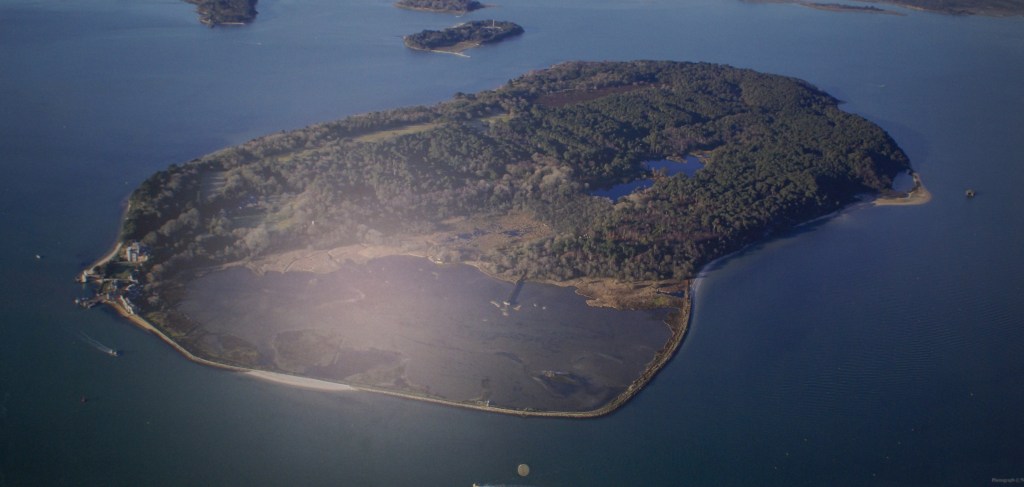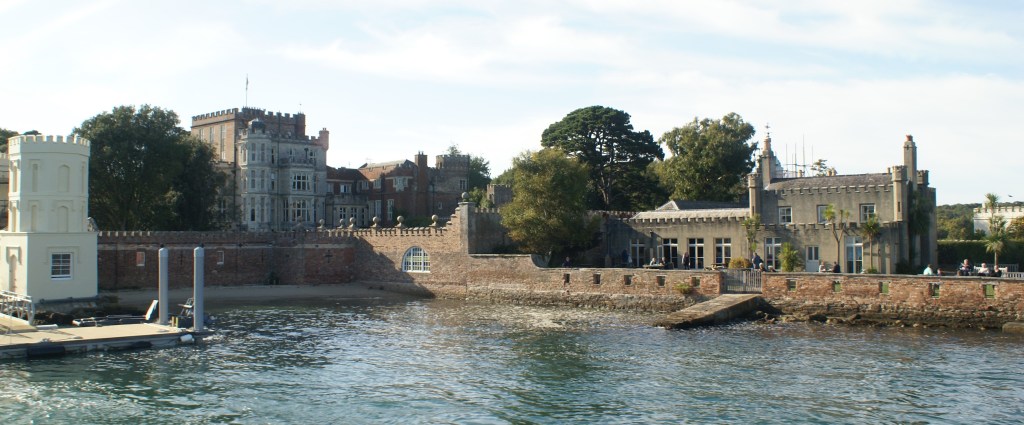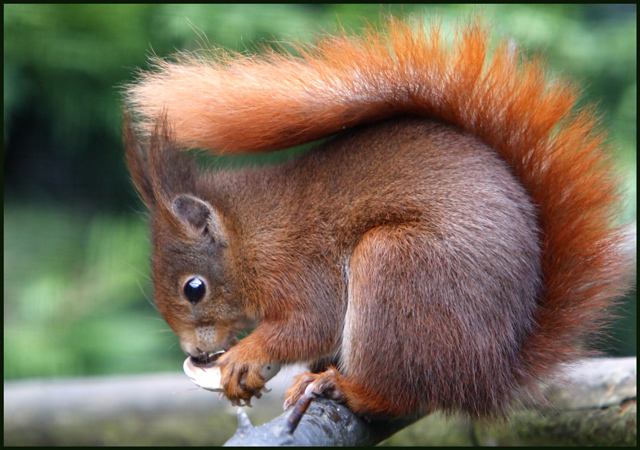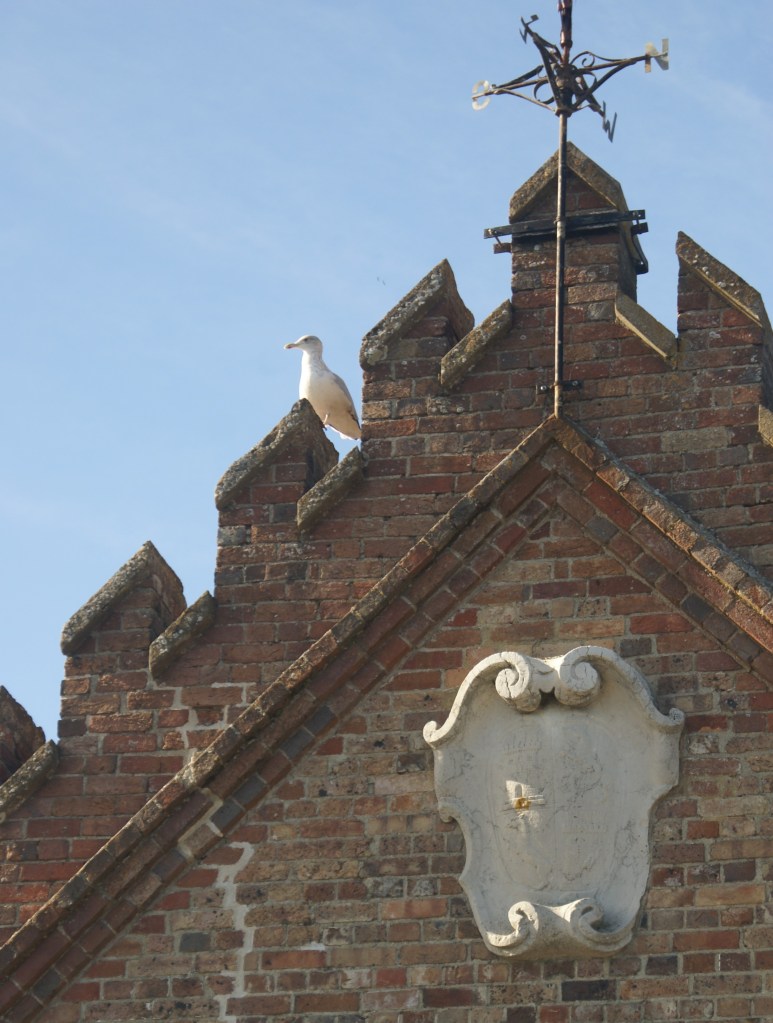We didn’t actually fly in to Brownsea Island in our sea plane.

We arrived by boat, crossing Poole Harbour which is a large natural inlet on England’s south coast. Brownsea Island sits in the middle and affords unique protection to the species that live there.


This is what we came to see.
Disgorged from the first boat of the day, almost immediately we are aware of frenetic activity — in the treetops, up and down the trunks and bounding across the grass — foraging red squirrels.

Small and very lively — difficult to catch. Thriving, away from predators and disease, in this more bio-secure environment.
At the north-east corner of the island is a large brackish lagoon, built in the mid 19th century as a polder to reclaim land from shallow sea for agriculture — it was flooded in the 1930 and has remained flooded since. Though the water is shallow, suitable for dabblers rather than divers, it is sheltered and protected and has a colony up to 72 spoonbills which now breed on the island.

Distant view of spoonbills on the far side of the lagoon.

Spoonbills disappeared from the UK in the 1600s with the loss of their habitat, due to draining of wetlands for agriculture, and because of hunting. They have only recently returned and are still rare but are breeding in several locations helped by various schemes to recreate the sort of conditions that they find at Brownsea.


